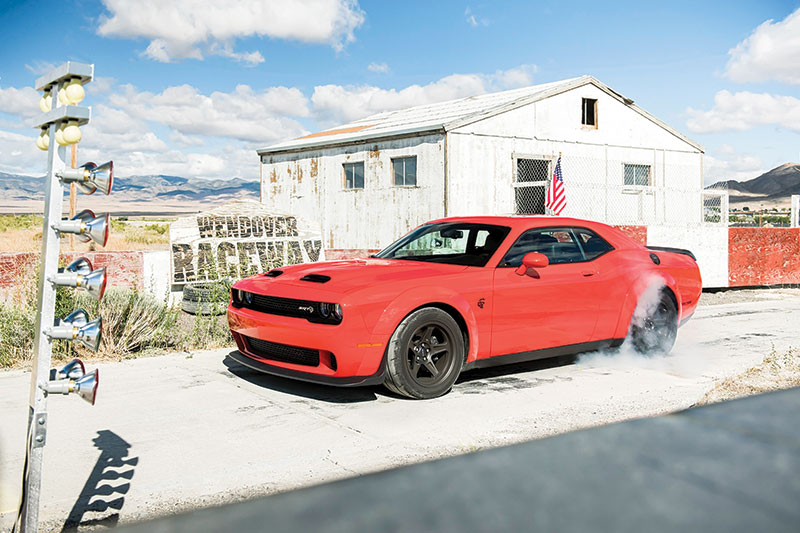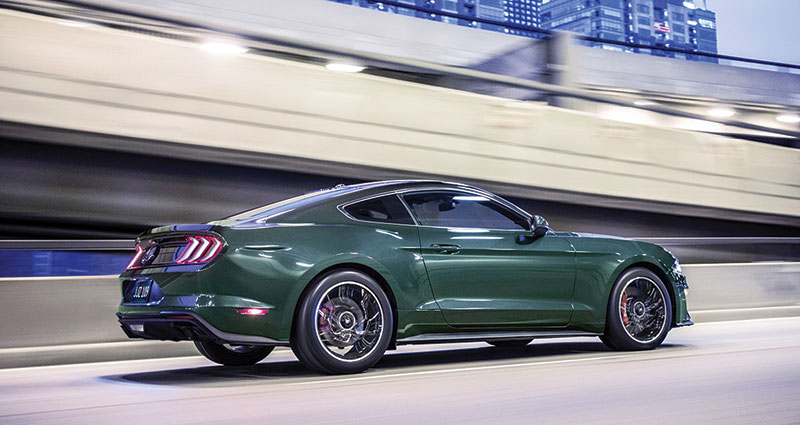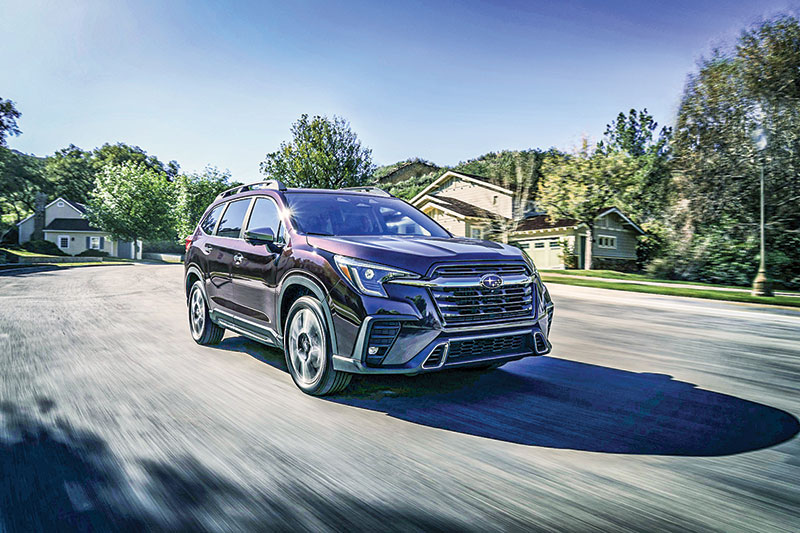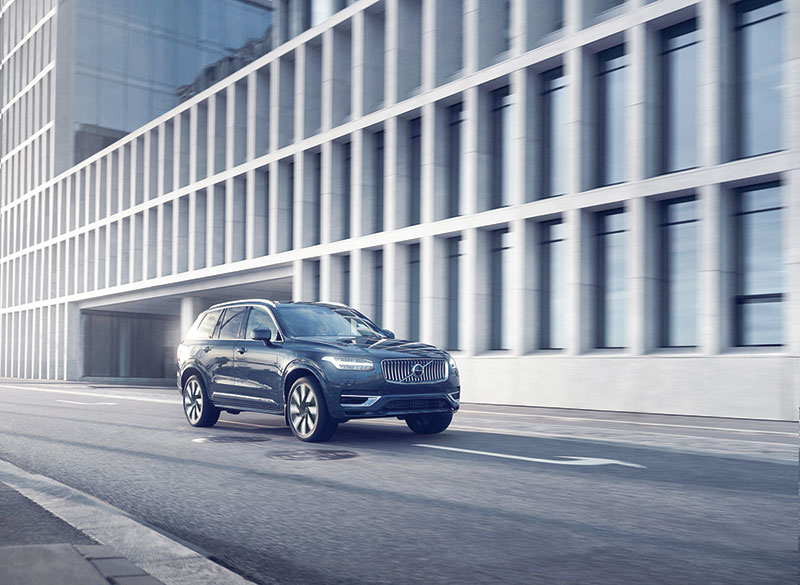Chevy Camaro
Make good choices to be safe for you and safe for them when behind the wheel
CASEY WILLIAMS | Auto Reviewer
AutoCasey@AOL.com
As in most enjoyable activities, it’s important to keep you and others safe. It’s also good to accept wise counsel of those who have learned their lessons. That’s especially true of automobiles, and the Insurance Institute for Highway Safety recently found muscle cars to be among the deadliest.
Six vehicles with the highest driver death rates are variants of the Chevy Camaro, Dodge Challenger/Charger and Ford Mustang. Vehicles with the lowest death rates include minivans, SUVs and luxury vehicles.
Making Wise Choices

807hp Dodge Challenger

2024 Lexus ES350
“We typically find that smaller vehicles have high driver death rates because they don’t provide as much protection, especially in crashes with larger, heavier SUVs and pickups,” said IIHS President David Harkey. “The muscle cars on this list highlight that a vehicle’s image and how it is marketed can also contribute to crash risk.”
In other words, sexy vehicles are purchased by sexy people who want to get busy. Sometimes, it’s not the vehicle, but how it is used. Human drivers contribute more to a car’s statistical death rate than what’s under the hood, but it’s not preordained.
I’ve driven all of models cited by IIHS. I once drove a Jeep Grand Cherokee Trackhawk with its supercharged Hellcat V8 howling to work in an ice storm. Last winter, I drove a Ford Mustang Bullitt two hours in pounding snow. Electronic throttles and traction systems allow these vehicles to be gentle when driven gently, but they can become devils on the road when driven with abandon.
High-Tech Gear

BMW X3

Ford Mustang Bullitt
Not long ago, a car only needed a good crash rating to attain top safety scores. But vehicle safety now goes beyond high-strength steel, as driving a modern car is often a cacophony of beeps and blinks as cameras and sensors buzz seats, nudge steering wheels and flash lights to get your attention.
Blind spot warnings, lane departure mitigation, and lane keep assist are great systems, but my favorites are rear cross path detection, automatic emergency braking and rear child reminder. The last counts door openings or uses motion sensors to prevent parents from leaving their kids in a hot car (or perhaps, friends leaving drunk friends back there). Rear sensors keep drivers from backing into “things.”
One of my latest favorites is automatic evasive steering, enabled by the new three-camera EyeSight system on the 2024 Subaru Crosstrek and Impreza. It detects obstacles in front, alert drivers and, if nobody responds, will take the initiative to steer around the object. This and similar systems have the potential to save countless lives.
Best and Rest

Subaru Ascent

Volvo XC90
With IIHS tests and data crunched, vehicles with the lowest rates of driver deaths surface. Volvo, Mercedes-Benz, and Subaru perform predictably well, but so do others.
The BMW X3, Lexus ES 350, Mercedes-Benz E-Class sedan and Nissan Pathfinder top the list with 0 deaths. Other top performers are the Audi Q5, Volvo XC60/XC90, Subaru Outback/Ascent, Toyota Sienna, Chevrolet Traverse, Honda Odyssey, BMW X5 and Acura RDX/MDX.
GMC Canyon and Toyota Tacoma pickups also performed well.
And, the other end of the list? You might double-think the Mitsubishi Mirage, Hyundai Accent, Chevy Spark, Kia Rio and Ford EcoSport — all subcompacts. And those muscle cars are down there too.
IIHS data is only one safety aspect to consider when buying a new vehicle. High-performing crash structures, advanced safety systems, and the human purchasing them matter too. Almost all of today’s vehicles can be driven safely — if they’re driven safely.
So make good choices when behind the wheel.
Storm Forward!
Send questions and comments to Casey at AutoCasey@aol.com; follow him on YouTube @AutoCasey.











